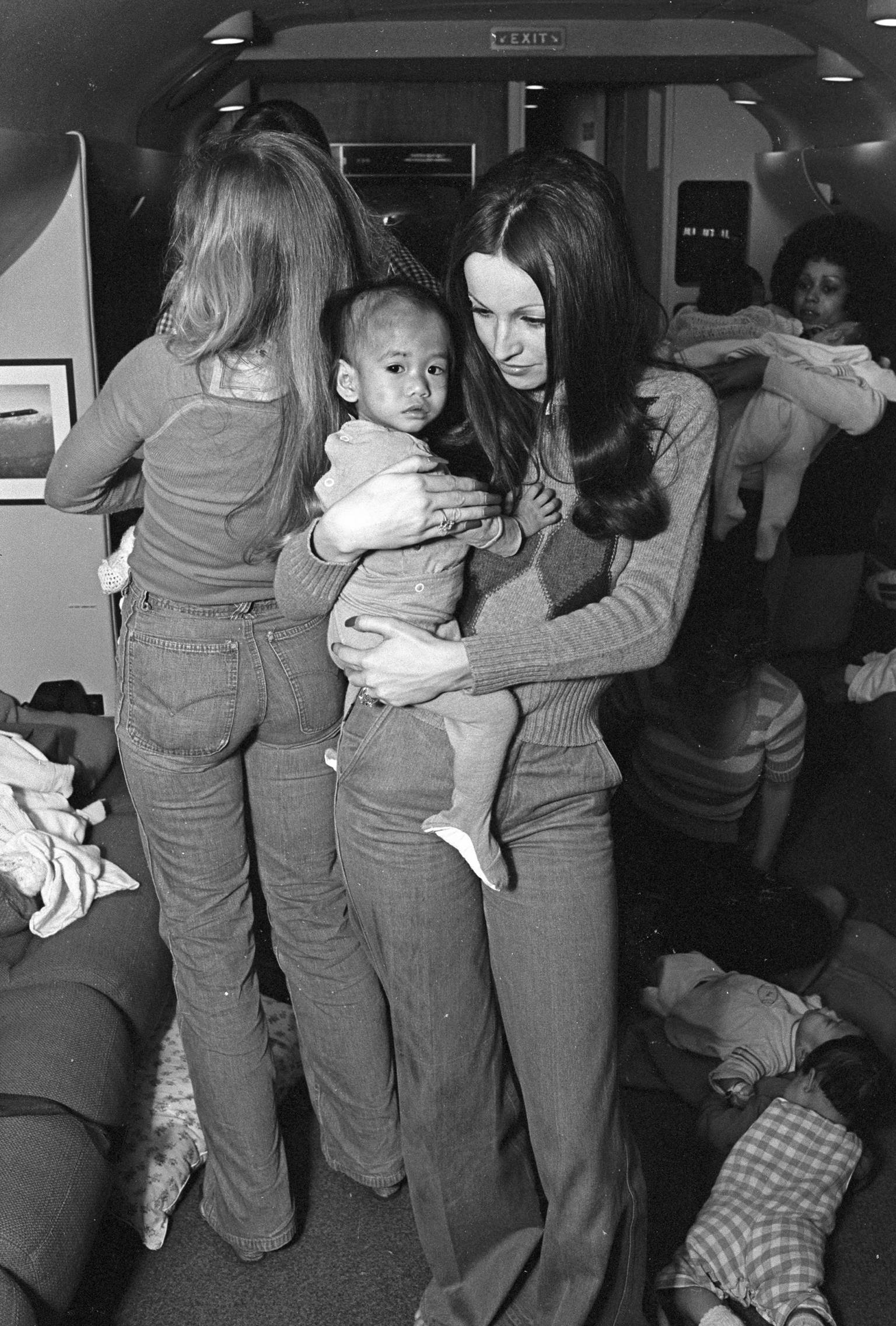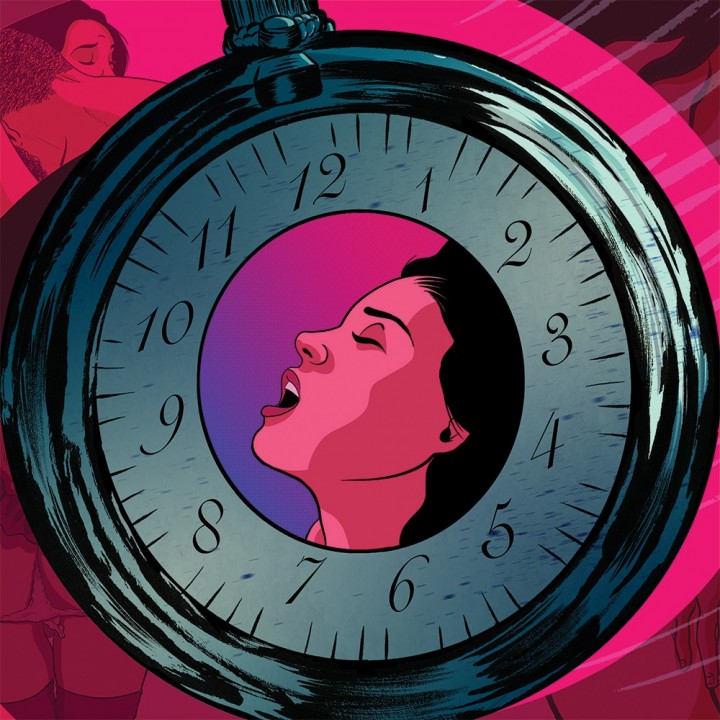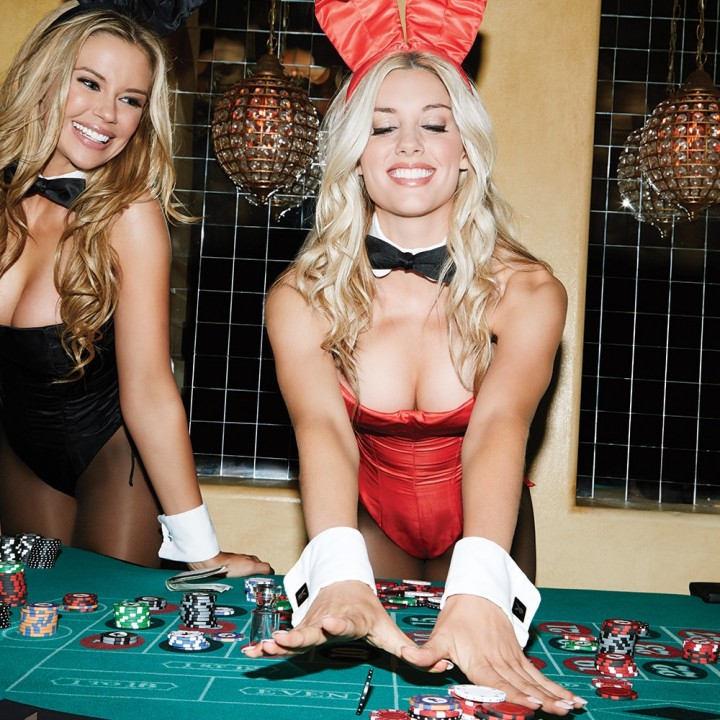
Hare Force One
The Playboy empire hit cruising altitude in the early 1970s with Big Bunny, Hef's luxury jetliner
It was the fried chicken that scared flight attendant Gwen Wong Wayne the most. Not the turbulence, or the passengers who drank one too many glasses of wine, but the dish she and other Jet Bunnies prepared from scratch for their boss, Hugh Hefner, on the Big Bunny, his personal plane. The recipe was simple: chicken pieces, a handful of flour, Lawry’s seasoning salt, garlic powder and dried parsley, all shaken together in an air-sickness bag and then fried. The location—a tiny forward galley in a DC-9 jet flying at 30,000 feet and cruising at a speed of 565 miles an hour—was not. Decades after her stint in the skies, Wayne says she always prayed they wouldn’t hit an air pocket that might jolt the plane and send hot oil spattering.
“Was it a hard job? At times it was, but also it was something that was just…almost like you have to pinch yourself to know that this is real,” Wayne says.
Painted solid black with a white Rabbit Head logo on its tail fin, the Big Bunny was one of the most recognizable planes of its time. It shuttled Hefner and his coterie from Chicago to Los Angeles and across the Atlantic for excursions to Europe and Africa. It incited envy among other executive-jet owners. It acted as the brand’s winged ambassador, spreading the message of lust and luxury. Behind all the opulence—and occasional charitable undertakings—a flight crew including a pilot, first officer, flight engineer and two to three Jet Bunnies like Wayne worked to keep passengers happy and flights safe and seamless.
The challenges of finding the perfect sky-high bachelor pad began almost as soon as Hefner expressed an interest in having a plane.
He said to me, “This is going to be a flying mansion. And I need a dance floor and a bedroom with a round bed.”
“He said to me, ‘Oh no, that’s not what I’m talking about. This is going to be a flying mansion. And I need a dance floor and a bedroom with a round bed. I need something with international capability,’ ” Rosenzweig says.
More searching turned up the McDonnell Douglas DC-9 fan jet. The aircraft manufacturer agreed to create a special model of the plane: a stretch version with extra fuel tanks that could take it across the Atlantic. Hefner approved the plane but wanted nothing to do with the standard two-aisle, 100-plus passenger configuration. He hired designers Daniel Czubak and Gus W. Kostopulos to create an aircraft every bit as lavish as his mansions.

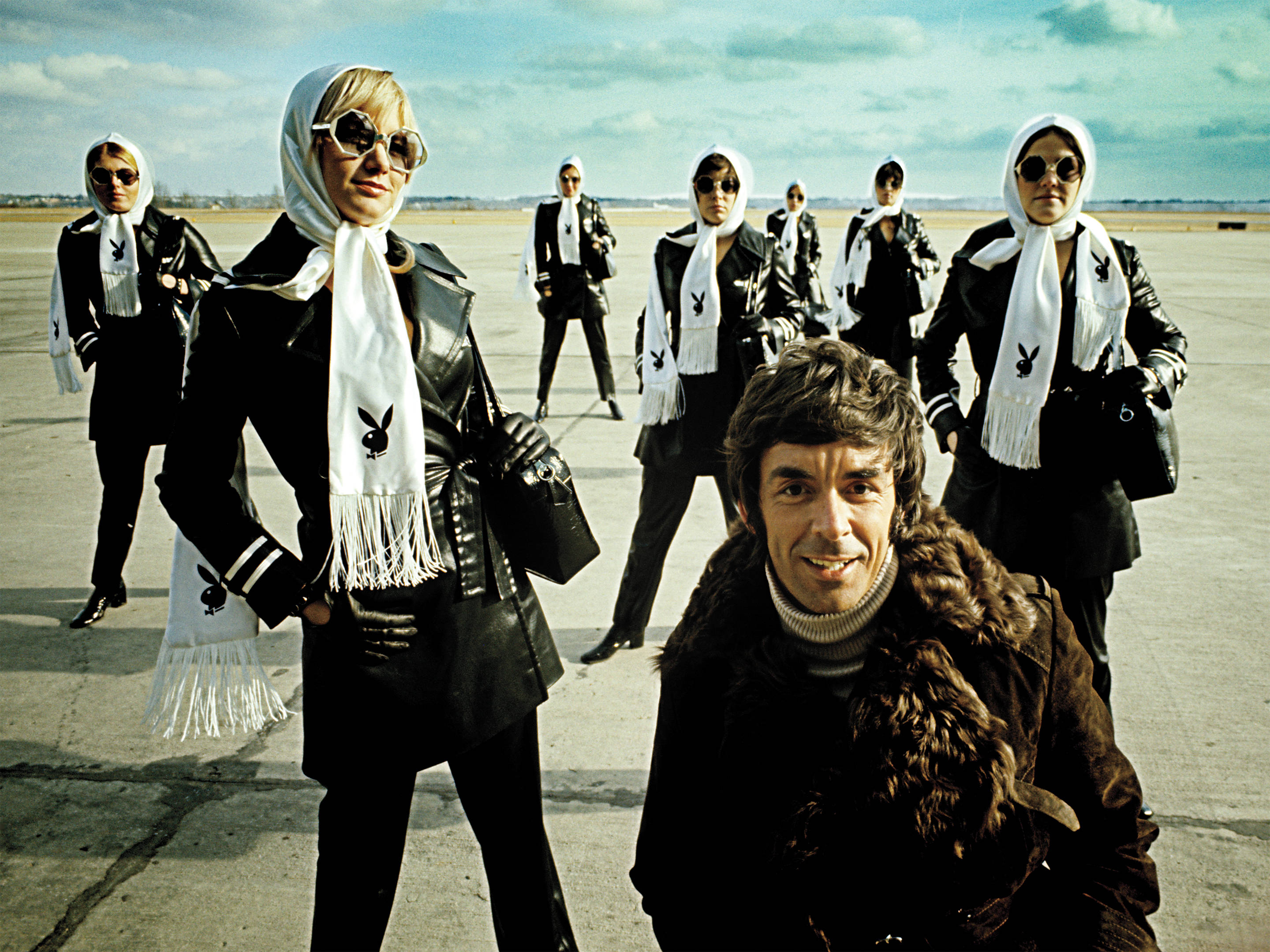
But things didn’t go quite as smoothly as the designer might have hoped. Fitting custom-made high-end furnishings and cutting-edge audiovisual equipment into a functioning mechanical package wasn’t easy.
“As it was under construction, the FAA took a look at it and said, ‘Wait a minute, this does not meet our specifications,’ ” Rosenzweig recalls. Everything that had been done to that point had to be ripped out, costing more time and money. From then on builders followed the precise weight and design restrictions set by the Federal Aviation Administration. Even the plane’s unmistakable paint scheme and array of lights shining on the Rabbit Head design required approval. But the final result was well worth the effort.
Taking its first test flight in February 1969, the Big Bunny debuted as the world’s largest and costliest business aircraft, at 119 feet and $5.5 million (about $38 million today). Fewer than a dozen other people owned similarly large business jets at the time; their ranks included Howard Hughes, singer James Brown and MGM owner Kirk Kerkorian.
Everywhere it flew, the jet was instantly recognized and clamored over. Reporters invited aboard for promotional tours sipped drinks from crystal glassware and dined on Spanish prawns, oysters Rockefeller and sirloin steaks served on fine china. The plane was equipped with special ovens to cook roast beef and duckling, plus grills for crepes and waffles—not to mention fryers for the chicken. A fully stocked liquor cabinet ensured guests would stay well lubricated.
There were other corporate jets, but they weren’t like that.
The crowning glory was Hefner’s private suite, complete with an elliptical bed covered in satin sheets, an electric blanket and a striped bedspread made of Tasmanian possum fur. His bathroom held a shower with two showerheads and recessed seating.
“The plane was really a very glamorous adventure for us,” says Rosenzweig, who was a regular passenger. “There were other corporate jets, but they weren’t like that.”
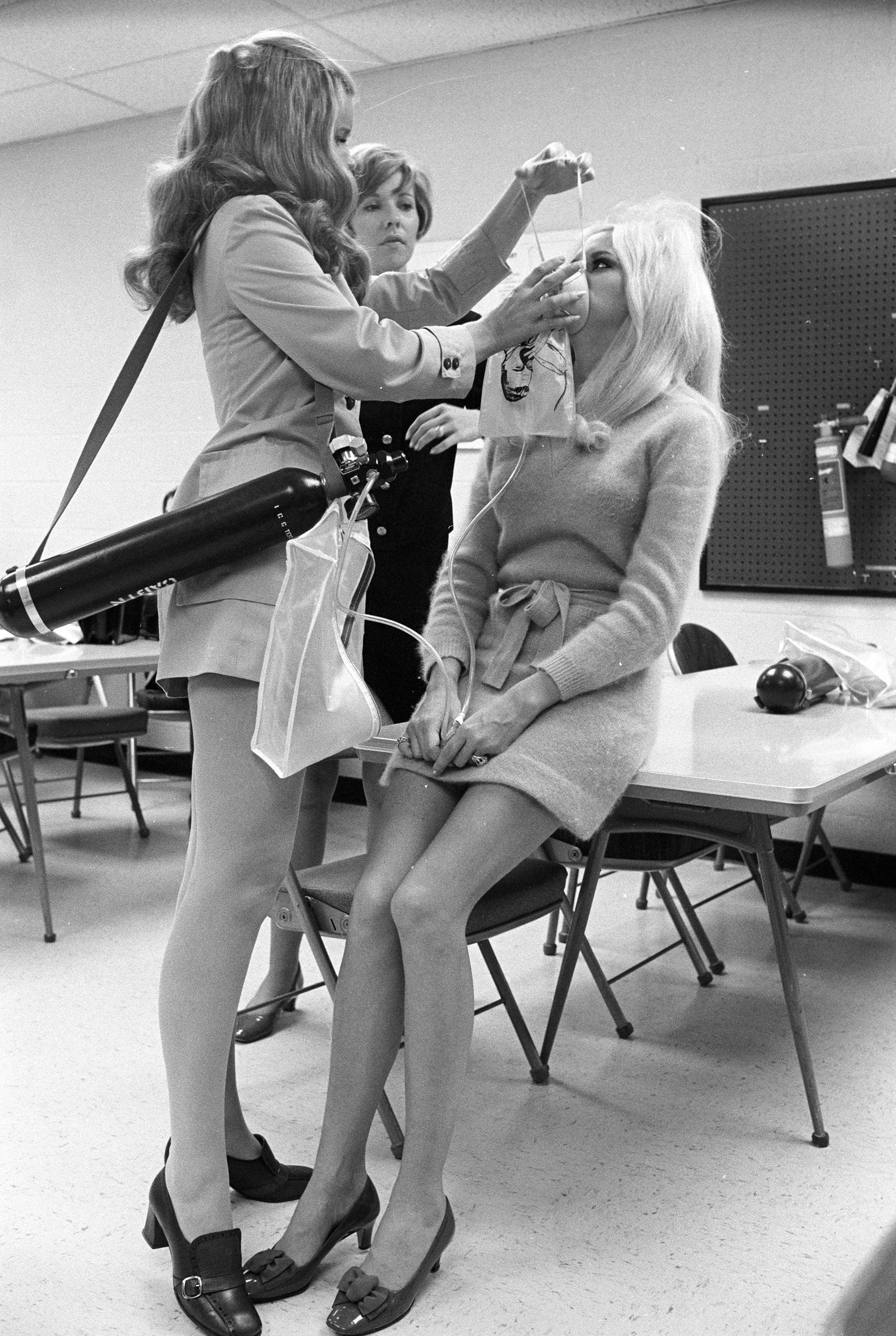

“If you go over five pounds above your ideal weight, you will automatically be suspended from flying until you have reached your ideal weight again,” warned the 130-page Jet Bunny manual. “At no time can you display boredom or irritability. You must be, above all, the epitome of a charming, well-mannered young lady.”
If the standards sound impossibly high, the women at least felt well compensated. For Wayne, being a Jet Bunny meant taking a break from the even more exhausting work of serving in a Playboy Club—and it came with the bonus of travel adventures. She remembers being a crew member on a two-and-a-half-month-long trip to Europe and Africa. Although she worked when the plane was in transit, her days and nights on the ground were filled with sightseeing; she and the other Jet Bunnies were invited to every exclusive club that Hefner’s traveling party visited. She saw one of the Beatles in London, marveled at the Parthenon in Rome and dined on fresh fish in Kenya in the shadow of Mount Kilimanjaro.
“Every place we went, it was like something that you read about in books,” Wayne says. “It was far more than I had expected, ever. It was the trip of a lifetime.”
Elvis Presley took the Big Bunny on tour in the summer of 1974, and Sonny and Cher chartered it for their international tour.
“The flight was by no means the ‘fun trip’ the newspapers or persons might imagine. The whole thing was very last minute and hectic,” Playboy vice president and promotion director Nelson Futch wrote to John Dante, another of Hefner’s assistants, after the ape transfer had been completed. Futch praised the Jet Bunnies who worked on the flight for their ability to handle the situation with aplomb. “I am sure there are any number of young ladies around who would refuse to board the plane, even with the assurance that the gorilla would be ‘sedated,’ since such an undertaking had never occurred before.”
In his tranquilized state, Jack spent the duration of the flight on Hefner’s own bed and successfully arrived in Phoenix to meet his new mate.
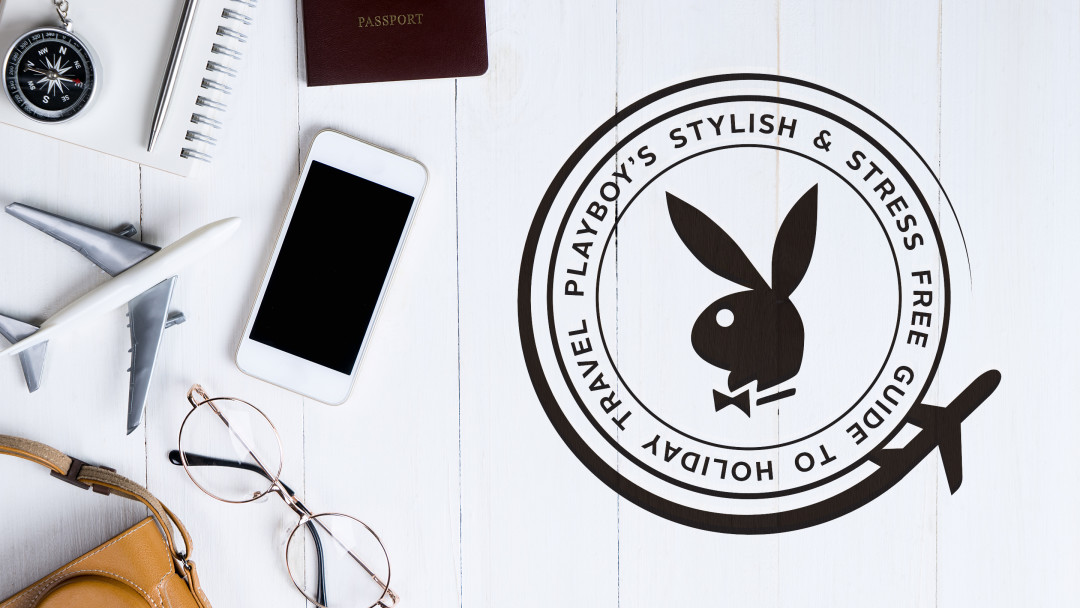
Playboy’s Stress-free, Stylish Guide to Holiday Travel
It is all about finding a balance between comfort and style.
“Each and every person on the plane worked so hard—it is a night I will long remember,” wrote Constance Boll, director of Friends of Children, in a letter to the Chicago Playboy Club. “Our thanks to you and all the crew you rounded up who helped us move the babies a little closer to their new homes.”
When the jet wasn’t busy ferrying Hefner between L.A. and Chicago, or transporting kids and wildlife, other celebrities occasionally leased it for their own travels. Elvis Presley took the Big Bunny on tour in the summer of 1974, and Sonny and Cher chartered it for their international tour. Other A-list passengers included Frank Sinatra, Tom Jones, Shel Silverstein, Roman Polanski and Rod Serling, creator of the Twilight Zone, who filmed aboard the plane.
“The plane was all part of the Playboy dream, just as the mansions were,” Rosenzweig says. “There were people who thought, until Hef’s passing, that the plane was still in the company.”
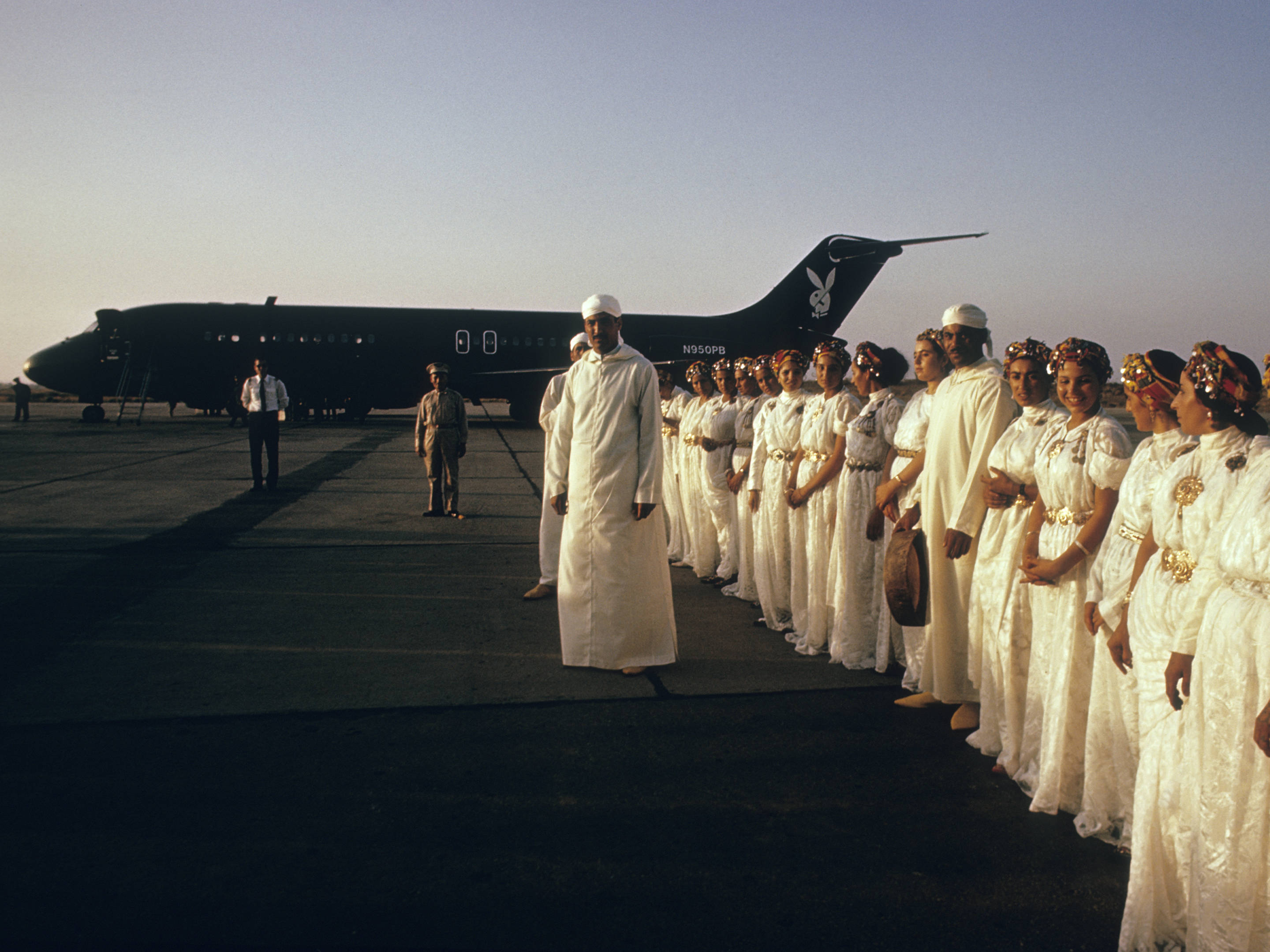

The iconic plane and its sophisticated, proficient Jet Bunnies had helped Playboy Enterprises reach new heights. Long after the jet was grounded, the winged symbol of sex and prestige lives on as a reminder of the Playboy fantasy.
